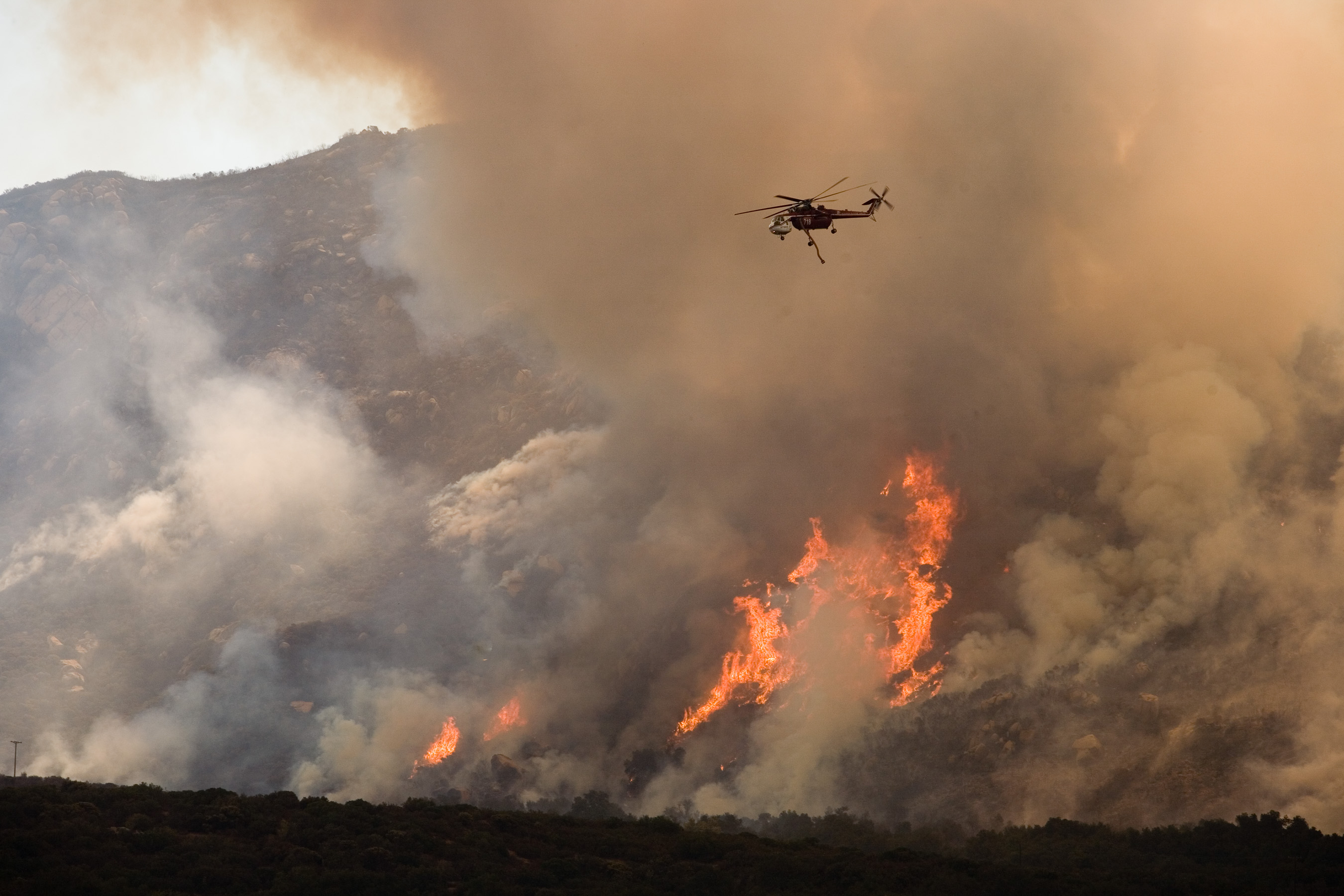During June and July 2008, almost 2,000 wildfires ignited in Northern California, leading to high levels of inhalable particulate matter (PM) in the Sacramento Valley that lasted for almost two weeks. PM2.5 (the terminology for inhalable particles smaller than 2.5 microns) at the UC Davis campus were recorded at 50 to 60 micrograms per cubic meter. Some readings reached as high as nearly 80 micrograms per cubic meter, well over the federal standard of 35 micrograms per cubic meter.
Numerous human studies have shown that when children are exposed to PM early in life, there is a persistent negative effect on lung function that is retained at maturity. The biologic mechanism of this effect, however, is not known. There is also no data available on the impact of air pollutant exposures on the functional status of immunity in human infants and school-age children.
Infancy may be associated with increased vulnerability to high levels of air pollution exposure because of the rapid lung and immune system development that occur during the early months of life. Several studies suggest that short-term exposure to wildfire emissions (over a few days) can worsen symptoms of asthma and other lung diseases, but no studies have investigated whether there are long-term health consequences to such exposures.
The California National Primate Research Center has a large population of rhesus monkeys that live in outdoor field corrals, where they, along with the local human population, were exposed to these elevated PM levels during the wildfires. The fires occurred near the end of the season when the monkey babies are typically born, and thus there were a significant number of animals in the colony that were between one and three months of age at the time of the fires.
To address these gaps in our understanding of the effects of air pollutant exposure during early life, Dr. Lisa Miller, the CNPRC Respiratory Diseases (RD) Unit Leader, led a research project entitled “Persistent Immune Effects of Wildfire PM Exposure During Childhood Development” funded by the California Air Resources Board. Also on the project were Drs. Ed Schelegle and Candice Clay (RD), and John Capitanio (Brain, Mind, and Behavior Unit). The primary objective of this study was to determine the early life impact of wildfire PM exposure on immune parameters that modulate responses to infectious disease, and contribute to lung function decline.
The investigators compared immune parameters in smoke exposed animals and in a group of animals born during the same months the following year during which there were no wildfires, by analyzing peripheral blood samples. Both groups of animals also completed a series of lung function tests. All animals were studied when they were three years of age (young adulthood), and the sample collection did not affect the long-term health of the animal. This offers the opportunity to periodically evaluate the cohort of exposed animals in a longitudinal fashion. Data collected from this research is also being used for related studies to evaluate additional parameters, such as cardiovascular function.
The results showed that the first three months of life appear to be a highly sensitive window of susceptibility, with lower levels of immune system parameters in smoke exposed animals compared to control animals, suggesting that these individuals are more susceptible to infectious diseases. Animals that had the most impaired immune response tended to also have reductions in several measures of lung function, particularly female animals. These results suggest that infancy is a period during which high PM exposures may adversely influence development of a branch of the immune system and also adversely affect the development of lung function, leading to changes that persist into adulthood.
Evaluation of this outdoor rhesus monkey colony has provided a unique opportunity to investigate the long-term impact of environmental emissions on overall health.
The California National Primate Research Center is funded by the National Institutes of Health, Grant #OD011107.
Access the California Air Resources Board press release here.





